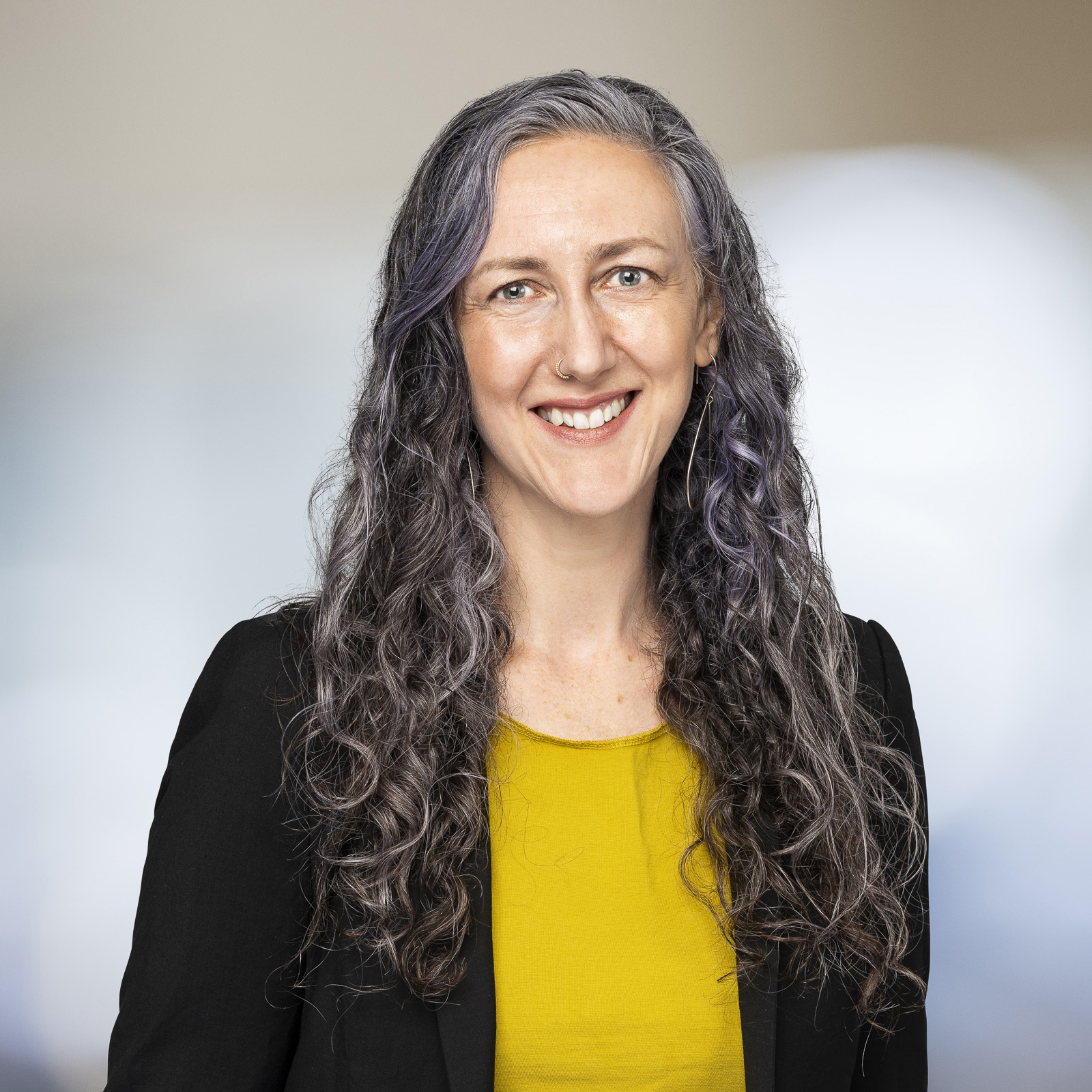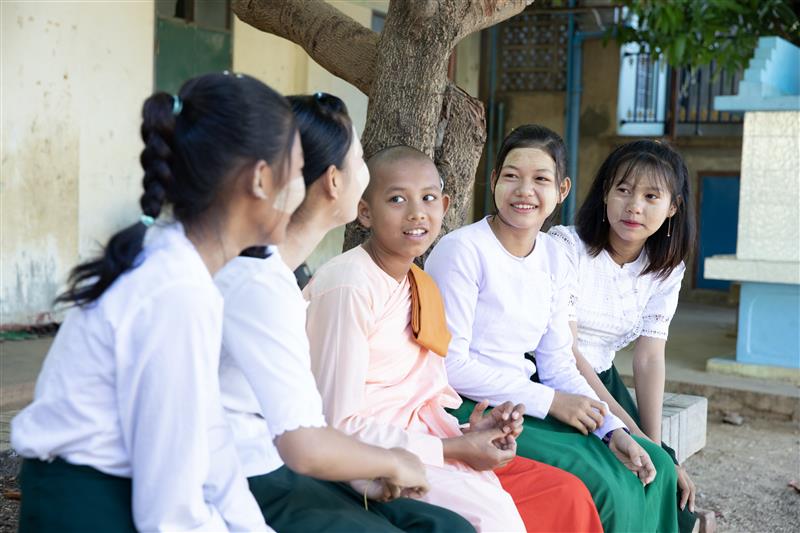Amy Kirwan
Senior Research Fellow, Social Impact and Innovation

Background
Amy Kirwan is an applied researcher with a long history of operationalising research in sensitive and challenging environments with populations experiencing social and structural disadvantage. Their work is informed by a career in multicultural health, policy development and advocacy, harm reduction, social work and public and community health. Their research has explored the experiences, needs, structural contexts and aspirations of people who use drugs, who have been incarcerated or criminalised, who come from multicultural communities and who have cognitive disabilities. They have worked to bring the outputs of these types of research into policy and practice across systems and services.
Alongside these studies, Amy has conducted many commissioned evaluations and other qualitative studies, completing technical reports for government and service providers that have strongly influenced policy and practice across a range of settings. Amy has led a number of design research projects with people with lived experience to explore how better models of care and responses to social and structural disadvantage can be co-designed with communities. Amy is also a qualified social worker who has undertaken roles in forensic mental health, primary care and harm reduction outreach.
Qualifications
- MSW, RMIT; MSocSci (Policy and Human Services), RMIT
- BA (Hons), University of Melbourne
Burnet publications
View 18 more“Basically, my answer is, there needs to be options!” Recommendations for the delivery of free menstrual products to the public: A qualitative exploration among marginalised groups in Victoria, Australia
Australian and New Zealand Journal of Public Health
Alexandra Head et al
“No-one just does drugs during business hours!”: evaluation of a 24/7 primary needle and syringe program in St Kilda, Australia
Harm Reduction Journal
Shelley Walker et al
The National Naloxone Reference Group: A collective voice on take‐home naloxone policy and practice in Australia
Drug and Alcohol Review
Paul Dietze et al
Reports and other work
-
ST KILDA 24-HOUR NSP EVALUATION.
The Salvation Army commissioned the Burnet Institute to gather data on its 24-hour needle and syringe program (NSP) in St Kilda. Uniquely in Victoria, the St Kilda NSP is funded to run a staffed service 24 hours a day, seven days a week, and has been in operation with this model for over 10 years. This section is an executive summary of the Burnet Institute’s findings about the role, impact, and effectiveness of the St Kilda 24-hour NSP service.
ST KILDA 24-HOUR NSP EVALUATION. -
The Forest proposal
Explains how we developed The Forest - a model to address underlying causes of incarceration.
The Forest proposal -
The Forest co-design report (Burnet Institute and Paper Giant)
Describes the process and evidence behind The Forest - a model to address underlying causes of incarceration.
The Forest co-design report (Burnet Institute and Paper Giant)
-
Economic and health cost benefit impacts of The Forest (Insight Economics)
Describes the economic and social benefits of The Forest - a model to address underlying causes of incarceration.
Economic and health cost benefit impacts of The Forest (Insight Economics)
Current projects
View 1 moreThe Torch co-design and evaluation collaboration
We’re working closely with staff and artists at The Torch, a not-for-profit First Nations-led arts organisation, to improve program engagement and effectiveness.

The Forest
The Forest is a public health model that addresses underlying causes of incarceration. It's led by people who use drugs, for people who use drugs.

We keep us safe: working with communities to end domestic, family and sexual violence
We're working with criminalised communities to help end domestic, family and sexual violence.
Past projects
View 1 more
Multicultural Emergency Management Initiative
We're working with multicultural communities to create tailored emergency communications.
PATH: Prison and Transition Health cohort study
A unique prospective study of people incarcerated and released from prison with recent histories of injecting drug use in Australia.
Feasibility study for a potential medically supervised injecting centre/drug consumption service for the ACT
This study provided evidence on whether a supervised drug consumption room (or rooms) is suited to the ACT context.



